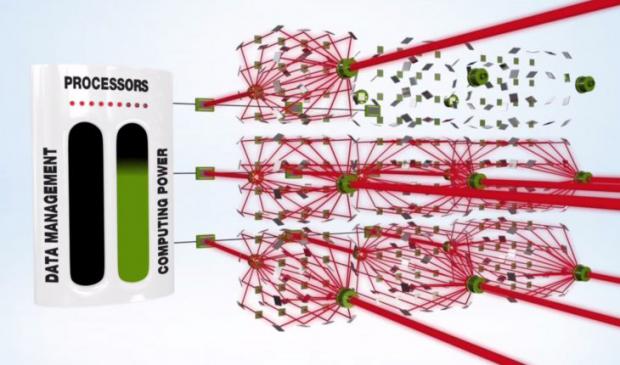
Breaking News
 2 Hours of Retro Sci-Fi Christmas Songs | Atomic-Age Christmas at a Snowy Ski Resort
2 Hours of Retro Sci-Fi Christmas Songs | Atomic-Age Christmas at a Snowy Ski Resort
 Alternative Ways to Buy Farmland
Alternative Ways to Buy Farmland
 LED lights are DEVASTATING our bodies, here's why | Redacted w Clayton Morris
LED lights are DEVASTATING our bodies, here's why | Redacted w Clayton Morris
Top Tech News
 Travel gadget promises to dry and iron your clothes – totally hands-free
Travel gadget promises to dry and iron your clothes – totally hands-free
 Perfect Aircrete, Kitchen Ingredients.
Perfect Aircrete, Kitchen Ingredients.
 Futuristic pixel-raising display lets you feel what's onscreen
Futuristic pixel-raising display lets you feel what's onscreen
 Cutting-Edge Facility Generates Pure Water and Hydrogen Fuel from Seawater for Mere Pennies
Cutting-Edge Facility Generates Pure Water and Hydrogen Fuel from Seawater for Mere Pennies
 This tiny dev board is packed with features for ambitious makers
This tiny dev board is packed with features for ambitious makers
 Scientists Discover Gel to Regrow Tooth Enamel
Scientists Discover Gel to Regrow Tooth Enamel
 Vitamin C and Dandelion Root Killing Cancer Cells -- as Former CDC Director Calls for COVID-19...
Vitamin C and Dandelion Root Killing Cancer Cells -- as Former CDC Director Calls for COVID-19...
 Galactic Brain: US firm plans space-based data centers, power grid to challenge China
Galactic Brain: US firm plans space-based data centers, power grid to challenge China
 A microbial cleanup for glyphosate just earned a patent. Here's why that matters
A microbial cleanup for glyphosate just earned a patent. Here's why that matters
 Japan Breaks Internet Speed Record with 5 Million Times Faster Data Transfer
Japan Breaks Internet Speed Record with 5 Million Times Faster Data Transfer
Breakthrough AI convolutional neural network using an optical coprocessor

The UK-based company has developed optical computing hardware that uses lasers and spatial light modulators (SLMs) to perform complex numerical processing at extremely high speeds and using very little power.
The optical laser technology enables them to process this model several orders of magnitude faster than conventional electronic hardware and does so at a fraction of the energy consumption.
In 2015 and 2016, Optalysys had completed a 320 gigaflop prototype and was talking about reaching about 9 petaflops in 2017, 300 petaflops in 2020 and then 17 exaflops in 2022. Optalysys is no longer publishing any statements about future performance targets.
They applied optical processing to the highly complex and computationally demanding area of CNNs with initial accuracy rates of over 70%.
Besides AI, the company has used its technology in a number of other domains, including bioinformatics, weather simulations, and mathematical processing. This application work led to the following proof-of-concept projects:
Project Genesys: delivered a working prototype of a genetic search system for The Earlham Institute (to perform sequence searches of metagenomic reads sequenced from the Human Microbiome Project Mock Community.

 $100 SILVER CONFIRMED?
$100 SILVER CONFIRMED?

